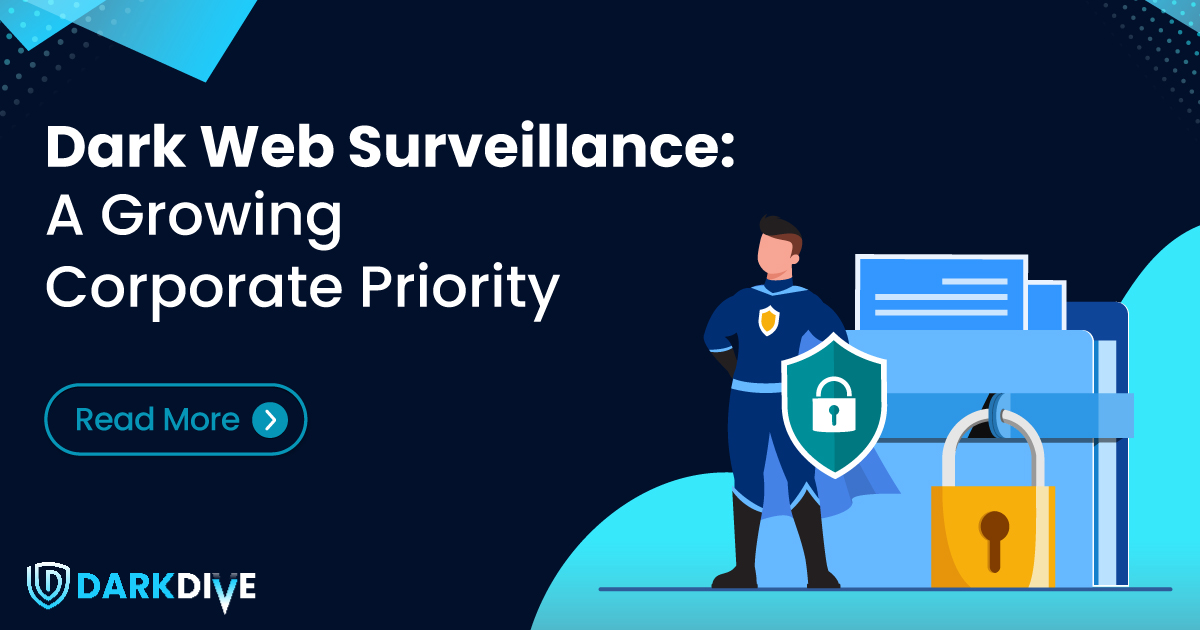
The dark web isn’t just some hidden corner of the internet—it’s a live, evolving threat environment. Behind those unindexed pages are marketplaces trading in stolen data, credentials, and access points to your network. It’s no longer a place only security researchers care about. Today, if your organization isn’t monitoring it, you’re already playing catch-up. That’s why dark web surveillance has become a corporate necessity—not a cybersecurity trend.
Corporate Data Is Already There
Most organizations don’t realize they’ve been exposed until long after it happens. Stolen login credentials, source code, intellectual property, and customer databases—these often surface on dark web forums and marketplaces, traded like currency. It’s not just Fortune 500s either. Small businesses, SaaS startups, and even public-sector institutions have all seen their data listed without warning.
If your data is valuable, it’s vulnerable. The longer it goes undetected, the greater the risk of financial loss, legal exposure, or reputational damage.
Threat Actors Are Operating Like Enterprises
Gone are the days of lone-wolf hackers in hoodies. Today’s cybercriminal networks run like full-blown businesses. Ransomware-as-a-Service is a subscription model. Access brokers openly advertise remote access into corporate systems, complete with login credentials and IP ranges. Many forums even feature ratings, escrow services, and affiliate programs.
If your tools, internal systems, or staff emails are being mentioned in these spaces, you need to know now—not after you see the breach report.
What Happens When You Don’t Monitor?
Without visibility into the dark web, you’re flying blind. By the time a data breach surfaces in public channels, the damage may already be done. Attackers may have sold your customer records, infiltrated your systems via exposed credentials, or impersonated your brand to run phishing scams. What starts in a hidden forum could end in a regulatory fine or a full-blown crisis PR situation.
That’s why proactive surveillance is not just smart—it’s strategic.
Surveillance Is About Speed, Not Spying
Dark web surveillance isn’t about eavesdropping. It’s about speed. The faster you know your company’s data has been leaked or is being targeted, the faster you can act.
Here’s what surveillance tools help detect:
- Early signs of malware tailored to your tech stack
- Mentions of your brand or domain in criminal chatter
- Leaked employee credentials from third-party breaches
- Listings of your customer databases or network access for sale
This kind of visibility gives you time to reset, isolate, investigate, and recover—before attackers move in.
Who Benefits the Most from Surveillance?
While every business is at risk, some industries are especially vulnerable:
- Financial institutions store high-value data and are frequent targets of credential theft.
- Healthcare providers face strict compliance requirements and reputational stakes.
- Retail and e-commerce businesses deal with large volumes of payment data and consumer information.
- SaaS and tech firms often have proprietary code and customer access tokens that are highly prized in underground markets.
For these sectors, dark web surveillance isn’t a nice-to-have—it’s mission critical.
It Complements, Not Replaces, Your Security Stack
Think of it this way: endpoint tools protect your systems, firewalls protect your perimeter, and dark web surveillance watches everything beyond your reach. It’s not a replacement for detection or prevention—it’s an extension. A layer that monitors where attackers plan, organize, and test their strategies.
How DarkDive Delivers Threat Visibility That Matters
DarkDive gives security teams and MSPs a window into what’s happening across hidden corners of the internet. With analyst-verified findings, industry-specific alerts, and weekly intelligence updates, it turns dark web signals into action-ready insights. Whether it’s vendor leaks, compromised logins, or dark web mentions of your domain—DarkDive makes sure you don’t miss what matters.
Conclusion
Cyberattacks don’t start at your firewall; they often start in the planning rooms of the dark web. And if your organization isn’t actively watching, you’re already a step behind.
Dark web surveillance isn’t about curiosity. It’s about visibility. And in cybersecurity, visibility is the difference between a quiet fix and a public crisis. If you’re not monitoring where the next breach could begin, you’re preparing too late.
